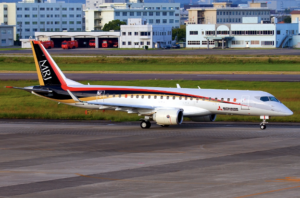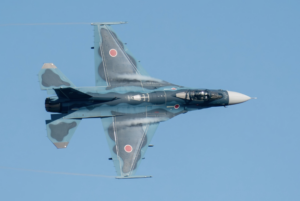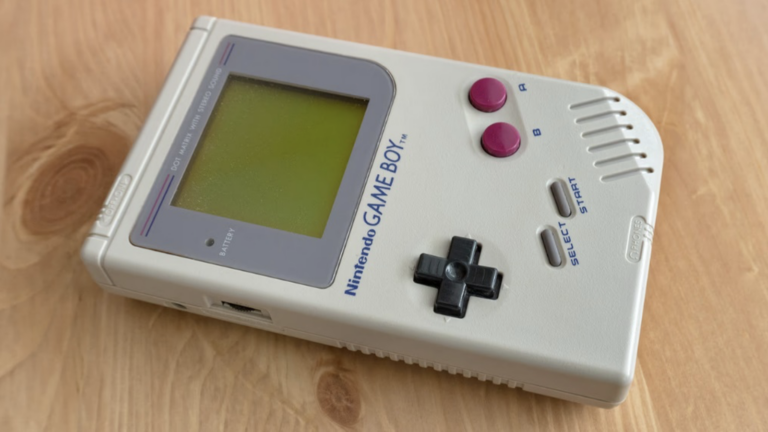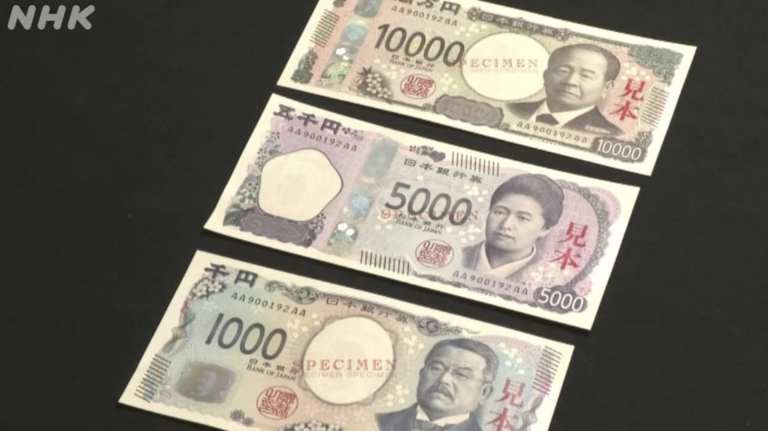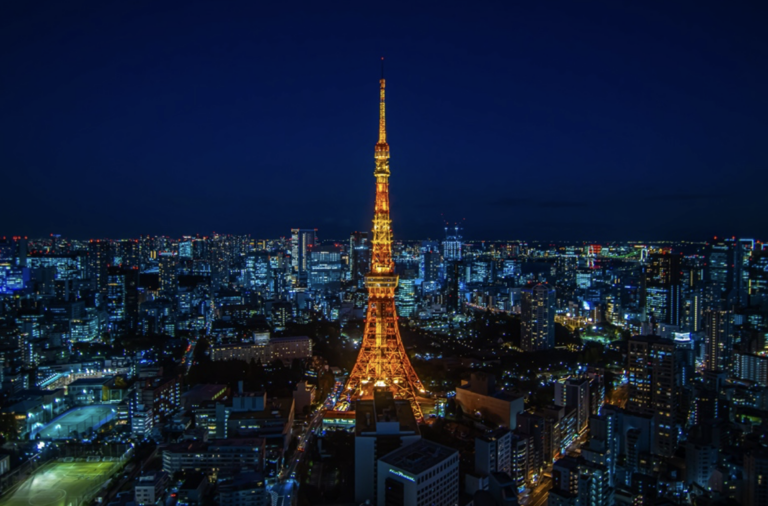The people who revive lost industries. Will they be the catalyst for Japan’s economic revival?
Japan has been in a recession for more than 30 years. The younger generation has grown up without experiencing a single economic boom, but now people are beginning to revive the Japanese economy by restoring lost industries.
What is happening in Japan now that the yen is weakening?
The revival of the semiconductor industry
Semiconductors are a key component of computers. In the 1980s, Japan held the top share of the world market for semiconductors, and as one of the major industries in the Japanese economy, they were making a great performance. The global market share at that time was over 50%, which shows how strong the industry was.
Later, a semiconductor agreement was signed with the U.S., and the Japanese semiconductor industry declined.
However, Japan was strong only in the field of manufacturing machines and materials for semiconductors, and even though the semiconductor industry has now shifted its main focus to Taiwan and Korea, Japan’s presence was important.
Times have moved on and semiconductors are used not only in computers, but also in all kinds of products such as cars, home appliances, and cell phones; and now, for the first time in 34 years, the yen is weak.
Japan is taking this opportunity to revive its semiconductor industry.
Renesas Electronics, a major Japanese semiconductor manufacturer, has restarted operations at its plant in Japan for the first time in nine years, and other manufacturers are beginning to follow suit.
The shortage of semiconductors triggered by the coronavirus pandemic set back the global economy, but if manufacturing progresses in Japan, it will make a significant contribution to other Japanese industries, and given the weak yen, exports are also expected to increase.
Bringing Japanese Aircraft to the World
After Japan’s defeat in World War II, the aircraft industry was broken up and university courses in aerodynamics were suspended. The time has come for this to change.
Unfortunately, the development of the MRJ (later changed to Space Jet), a mid-sized jet airliner developed by the Mitsubishi Group, was discontinued in February 2023. It was a huge project that cost 180 billion yen but could not be certified by the U.S., so the aircraft didn’t fly as commercially. It was believed that mass production of this plane, which has 950,000 parts, 30 times more than a car, would save not only the Mitsubishi Group but many other Japanese companies.
It was thought that all this was over, but this year, Japan’s Ministry of Economy, Trade and Industry (METI) reopened the project. The government and the private sector have decided to jointly spend a total of 5 trillion yen to try again.
We are also beginning to see a situation in which Japan can finally take the lead in advancing the next mainstay fighter aircraft of the Air Self-Defense Force, which will protect Japan’s skies.
The Self-Defense Forces’ mainstay fighters are made in the U.S., and the F-2 fighter, which Japan aimed to develop independently, received guidance from the U.S. and had to be jointly developed.
Based on this reflection, Japan is now moving forward with the development of the next mainstay fighter, the F-3, in a process of collaborative development with the United Kingdom and Italy. This plan is underway to complete development in 2035. In addition, the government is coordinating to be able to export this fighter aircraft.
There has been some debate about whether exporting weapons is good or bad, but fighter jets are built using world-class aeronautical technology. If this technology is accumulated in Japan, it can be applied to commercial airliners. The time may come when airplanes made in Japan will fly the skies of the world in various forms.
Japan is beginning to see the seeds of economic revival in many areas. Will it be possible to emerge from the recession known as “the lost 30 years”?
ABE KENGO




